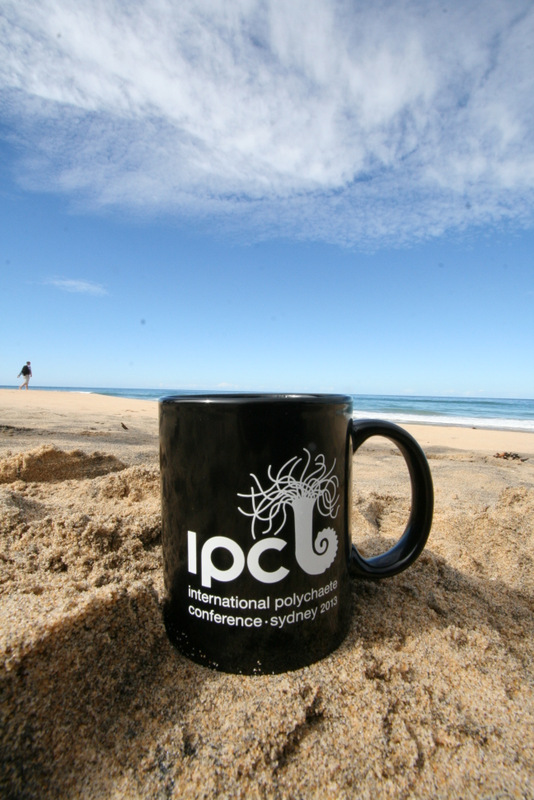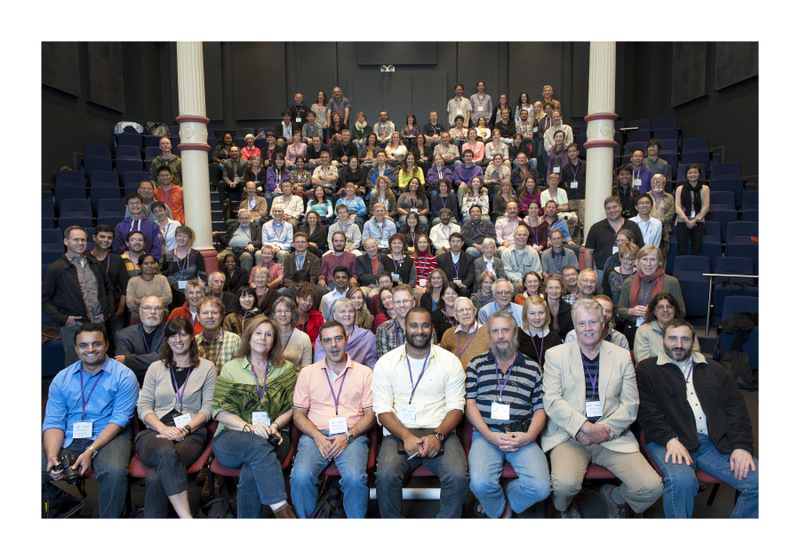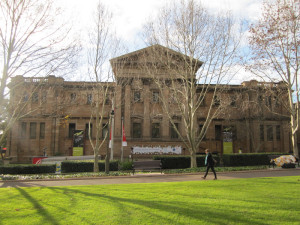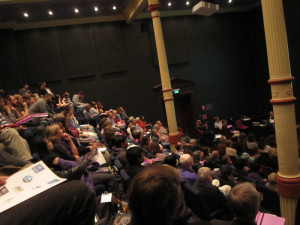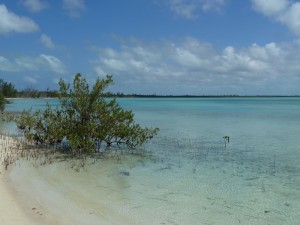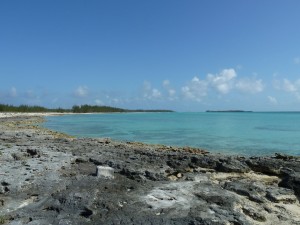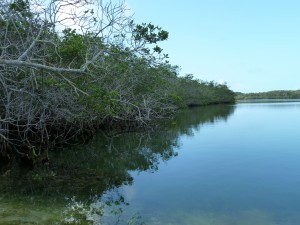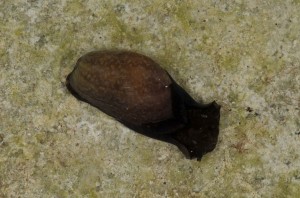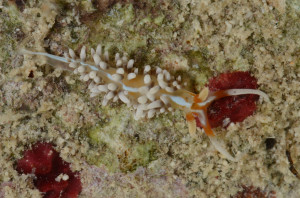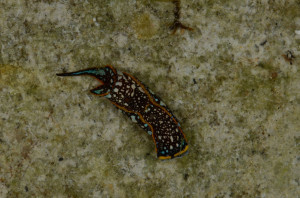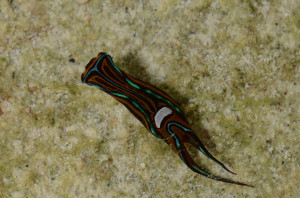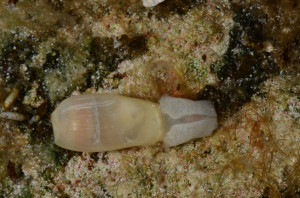For a hectic week in early August, the Australian Museum in Sydney was swarmed by enthusiastic people in purple hoodies, who kept talking about (bristle) worms.
It was the 11th International Polychaete Conference, with 149 attendants from 26 different countries. We had a strong Norwegian presence there – from the Museum, three of us attended (with talks and posters), as well collaborators of ours from NTNU, NIVA, and Uni Environment.
You can read more about our contributions here (if your Norwegian is up to speed – unfortunately it is not avaliable in English).
It was a great week, where we got to meet and mingle with our colleagues from all over the world, learning what they are working on and how, making new connections and meeting up with old friends.
We had a excellent time, and would like to thank the IPC 2013 committee for the fantastic job they did!
The next conference will be in Cardiff, Wales in 2016, we look forward to it.

